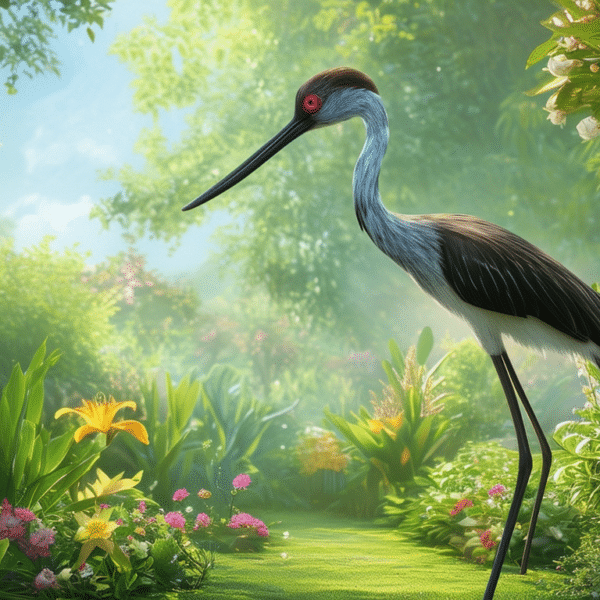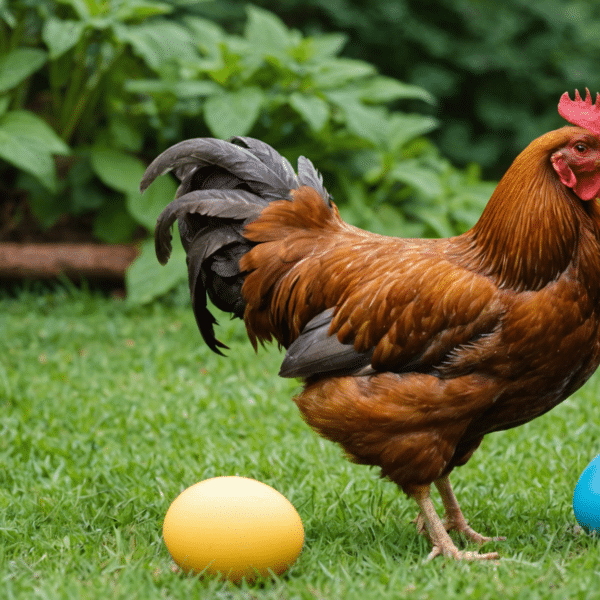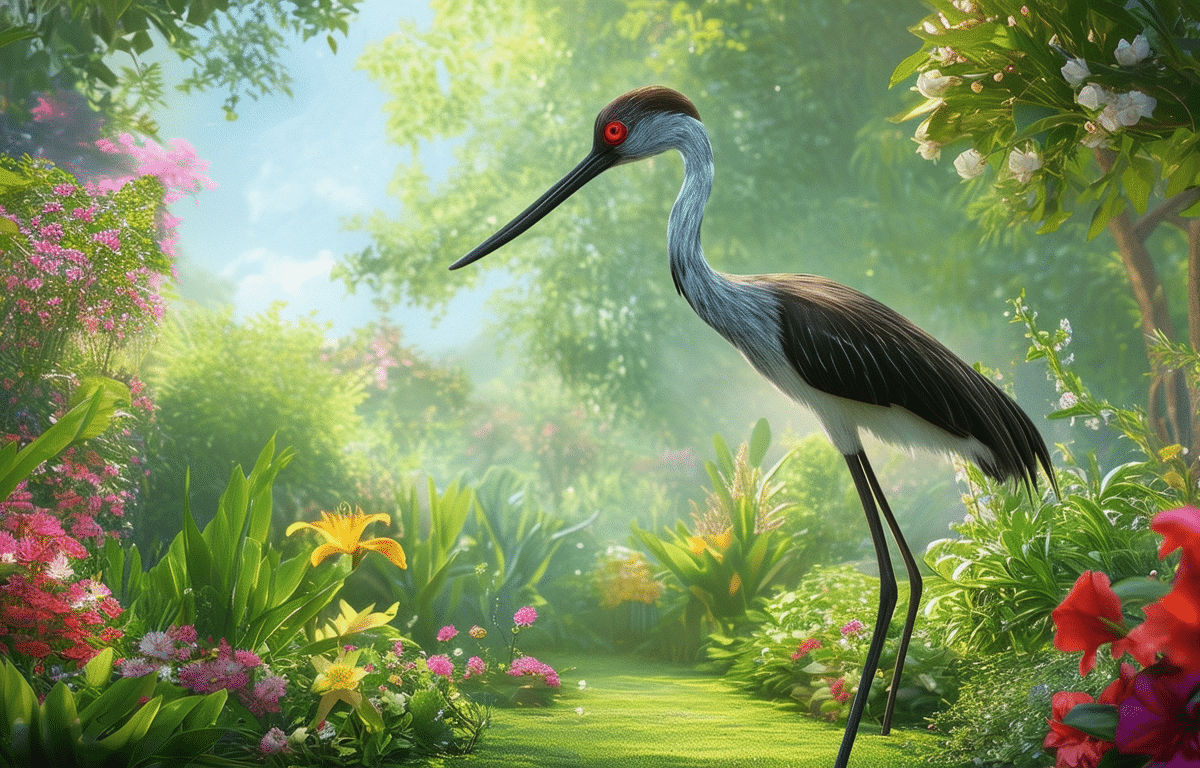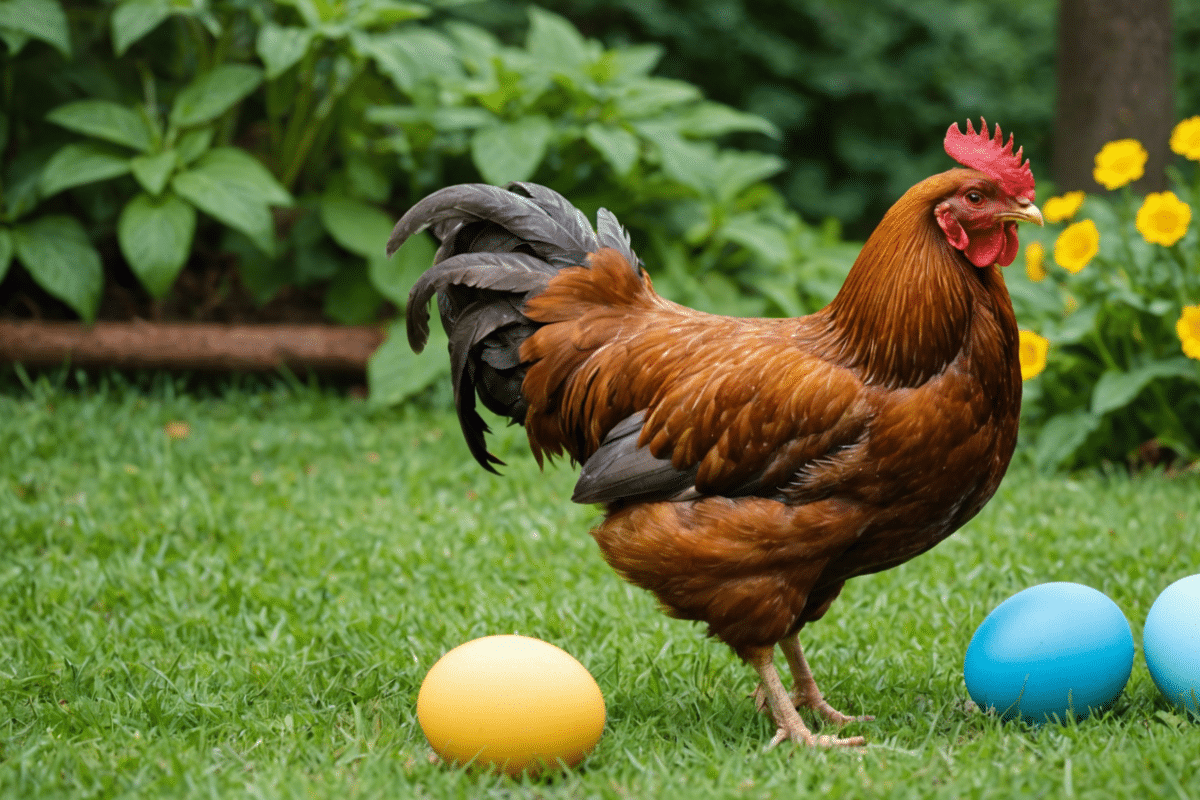Content
- 1 Smart Drones: Guardians of the Sky
- 2 AI: The New Birder’s Companion
- 3 Wind Farms: A Safer Haven for Birds
- 4 Gaming Technology: A Virtual Window into Avian Worlds
- 5 Bird Strike Prevention: Saving Lives in the Air
- 6 Robot Birds: The Intersection of Art and Science
- 7 Birding Beyond Borders: Global Insights
Birdwatching has long been a cherished pastime for nature enthusiasts like Emily, who find joy in the simple pleasure of observing our feathered friends. But as technology advances, so too does the potential for enhancing this beloved hobby. From smart drones to artificial intelligence (AI), let’s explore how these tech innovations could be the secret to elevating birdwatching experiences.
Smart Drones: Guardians of the Sky

The use of drones has skyrocketed in various fields, and bird conservation is no exception. Researchers at the University of Alberta are developing smart drone technology that promises to protect birds from industrial hazards. These drones can monitor large areas, track bird movements, and even deter birds from dangerous zones. For birdwatchers, similar technology could provide real-time information about bird locations and help avoid disturbing sensitive habitats during excursions.
AI: The New Birder’s Companion
Artificial intelligence has made leaps and bounds in recent years, with systems like ChatGPT and Dall-E showcasing rapid advancements. For bird enthusiasts, AI can offer instant bird species identification and behavioral data analysis, making it easier than ever to learn about the birds one encounters. Moreover, ethical AI practices ensure that this technology supports conservation efforts without infringing on wildlife privacy or well-being.
Wind Farms: A Safer Haven for Birds
Wind energy is a clean alternative to fossil fuels, but it poses risks to birds through collisions with turbines. Thankfully, new technology is addressing this issue. According to Audubon Magazine, innovations such as painting blades to increase visibility and using ultrasonic signals to deter birds are making wind farms safer. Birdwatchers can support these initiatives by advocating for responsible energy practices that protect bird populations.
Gaming Technology: A Virtual Window into Avian Worlds
The gaming industry continues to evolve, with predictions about what gaming might look like in 2030 suggesting immersive experiences that could benefit birdwatchers. Imagine a virtual reality game that allows you to explore different habitats and observe birds in stunning detail—all from the comfort of your home. This could be an excellent tool for learning bird calls, understanding behavior, and preparing for real-world birding adventures.
Bird Strike Prevention: Saving Lives in the Air
Air travel presents dangers to birds through the risk of collisions, known as bird strikes. Innovations aimed at bird strike prevention are crucial not only for aviation safety but also for protecting avian life. Technologies such as radar systems that detect flocks and alert pilots have the potential to drastically reduce these incidents. Birdwatchers can appreciate these efforts as they contribute to the overall safety of birds in flight.
Robot Birds: The Intersection of Art and Science
The Smithsonian Magazine delves into a fascinating aspect of technology with a brief history of robot birds. These mechanical marvels blend artistry with engineering and can serve multiple purposes—from studying real birds in their natural environment to acting as educational tools that demonstrate flight mechanics. As these technologies develop, they may become valuable assets in ornithological research and education.
Birding Beyond Borders: Global Insights
Taiwan Today highlights the international aspect of birdwatching, reminding us that it’s a global hobby connecting people across continents. Technological advancements have made it possible for birdwatchers to share sightings and information worldwide instantly. This global network not only fosters a sense of community but also contributes to important data collection for conservation efforts.
In conclusion, while traditional binoculars will always have their place among the birder’s toolkit, integrating these technological innovations could greatly enhance the birdwatching experience. Whether it’s through safer habitats facilitated by smart tech or immersive virtual explorations of distant ecosystems, the future of birdwatching looks bright—and decidedly high-tech.












